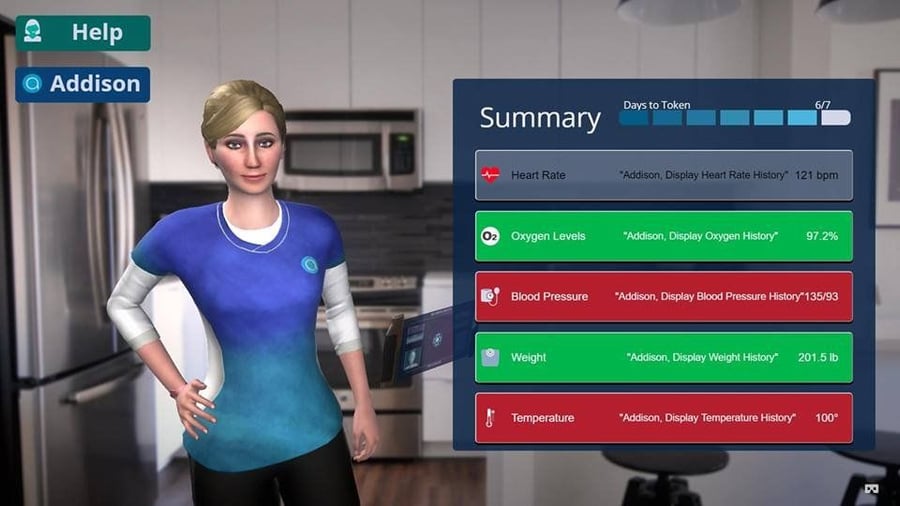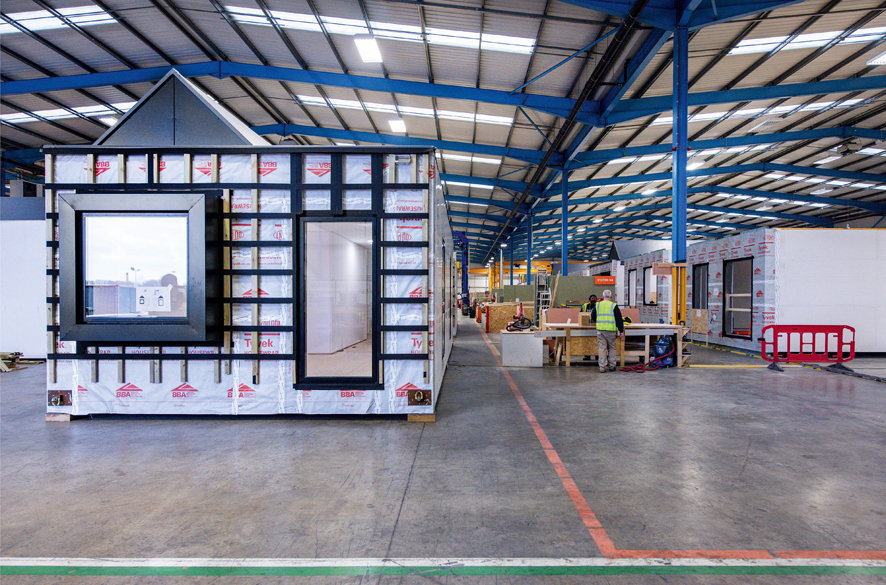CES 2020 Gives Us a Peek Into the Future of Smart Cities

One of the most exciting categories to be covered at the annual Consumer Electronics Show (CES) is that of “smart cities.” While the fair’s other exhibits focus more on specific aspects of electronic and AI innovation, the Smart City sector addresses different ways to bring aging infrastructures up to par by repurposing the old concurrent with incorporating new technologies into the renovations.
These were just a few of this year’s most interesting developments in the field:
Toyota Woven City
Near Mount Fuji, Japan, Toyota is constructing a smart city. Their project, scheduled to launch in 2021, will transform a former factory into an actual town where families will live, work, and research mobility options and advancements. The 175-acre locale designed by Bjarke Ingels’ BIG company will focus on converging transportation options, housing alternatives, a conglomerate of smart power sources, water distribution technologies, and research that benefits the community’s sustenance and growth.

BIG previously designed Two World Trade Center and Google’s latest headquarters, so this undertaking fits well on their résumé of projects. Their transportation scheme for the “Woven City” is three-fold. One road is dedicated entirely to self-driving vehicles, another to scooters and bikes, and for pedestrians, the firm plans to construct a large park chock-full of walking paths. All three options come together in the center of town. The goal is for residents to use one or more of these every day to get around.
The houses in the Woven City will predictably be constructed from sustainable wood and be powered by photovoltaic tiles. A subterranean level of the city will also house hydrogen cells to store power and a water filtration system. Another underground system will deliver supplies to residents via conveyor belts — or even a mass of little androids.
Power to the People
For a futuristic city to flourish, the people who live there need to thrive as strongly as the emerging infrastructure. Many exhibits in this year’s CES Smart City category concentrated on taking care of the inhabitants.
Vayyar, headquartered in Israel, presented a sensor-based system called Walabot that monitors the movement of people inside their homes. Raviv Melamed, the company’s CEO, explained in an interview that “the idea is to have something that the person doesn’t need to wear, so it just sits over there monitoring the house … we have a 3D imaging sensor that can look at you without actually having your picture so basically we can track people if they go around the house if they fall down, if they sit, if they lie down in bed sleeping. We can monitor day-to-day kind of living and tell you things about yourself or alert someone if you fall.” Walabot also detects children left in hot cars and alerts parents and caregivers through an accompanying mobile app.

Addison Care, developed by Electronic Caregiver, is a voice-controlled 24-hour virtual caregiver. CEO Anthony Dohrmann says that “she is a 3D virtual smart health home virtual caregiver [that] manages behavioral health, chronic disease, supports caregivers, and even takes care of child patients. So she can through that visual sensor verify you’re taking medications, see how you’re feeling, look for signs of distress, or if you’re doubled over in pain. She can see if your fall risk increases. She can see how you’re adjusting to a prosthetic or a new rehab exercise. She can even demo a rehab exercise, verify you’re doing it with that visual sensor, monitor your progress as you improve, and keep providers informed.”

Platform House HED-Net, the latest innovation from Sekisui House, uses contactless sensors to improve health, wellness, and happiness in homes. The system can detect strokes and heart movements. Company President Yoshihiro Nakai clarifies: “Let’s think of a bedroom because what we use for sensing is contact-less, it is not under a mattress, not like a watch or a pad put onto the [chest]. Instead, we install a sensor recessed onto [the] ceiling. By monitoring vital data such as heart rate, perspiration rate, and blood pressure and using our proprietary algorithm, we [can] detect the onset of acute diseases.”

Again, this is just a sampling of all the fantastic smart city fantastic innovations on the horizon. CES 2021 is sure to introduce even more spellbinding advancements to help make mankind as happy and healthy as possible, so be sure to stay tuned!




